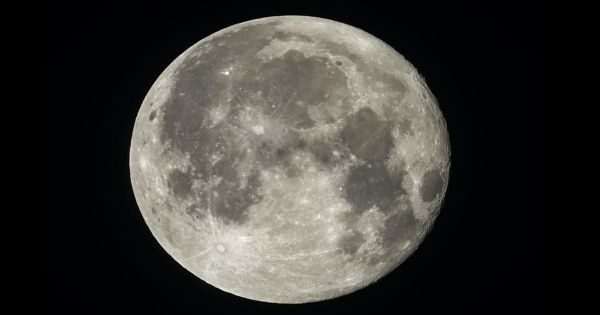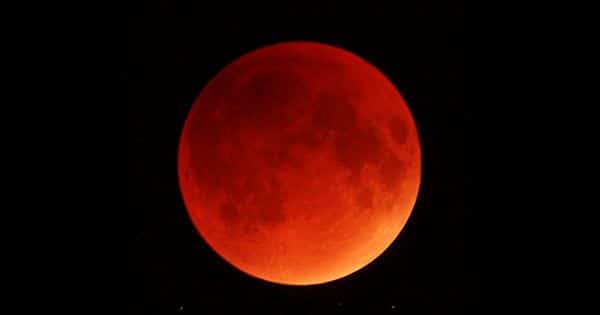This week, people around the world will be able to enjoy a total lunar eclipse, the first in nearly two and a half years. The full moon, beyond the shadow of the earth, will begin to see a red glow on Wednesday, May 26, so it is able to capture at least part of the vision. This full moon will be a Supermoon, it is the closest part of the orbit around the earth, it will appear about 7 percent larger than normal because it is in the periwinkle.
The full moon in May is also referred to as the Flower Moon, so if you refer to it as the Super Full Blood Moon, know that it is the only match in the adjectives of all events. Those who live in Eastern Australia, New Zealand, the Pacific Islands and Hawaii will be able to watch the entire event, with the full moon rising in Southeast Asia, China, Japan, North and South Korea, most of the western United States, Canada, Mexico, and most of Central America. Ecuador, western Peru, southern Chile and Argentina will also be able to see it perfectly close to the moon.

The eclipse will take several hours, with bias (when shadows first appear across the moon) from 9:44 a.m. to UTC (6:44 p.m. AST / 1:44 p.m. PT) and completion (when the moon is fully covered) at 11 a.m. Starting at 11 minutes UTC (8:11 pm AST / 3:44 am PT). The peak of the octopus is minutes later and after that, it lasts for another 8 minutes before returning to a partial eclipse. If you don’t live somewhere where the total lunar eclipse will be visible, no fear, you can watch it live here starting from 9:30 am UTC. There will be three more eclipses in 2021: June 10 will see an annual solar eclipse, known as the “ring of fire”. November will see a partial lunar eclipse and December will see a total lunar eclipse.
What people often wonder about lunar eclipses is how different they look from regular lunar phases. In the menstrual cycle, it is the moon that casts a shadow on itself. On a planet, however, it is the shadow of the earth that covers the moon.
And the shadow of our planet is not completely black. Some of the light from the sun filters through the atmosphere and forms a subtle red color where the moon moves. The redness becomes more pronounced as the earth is shaded by the sun. The moon appears red because the sky is red in the morning and evening; the atmosphere reflects the wavelength of light at a much larger angle.















